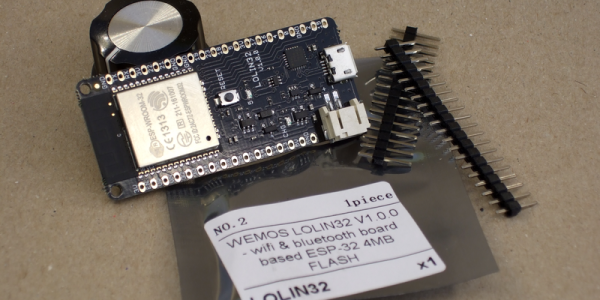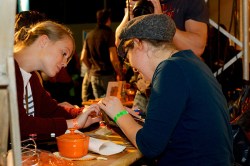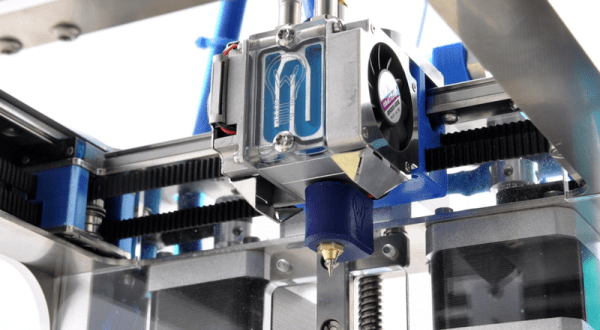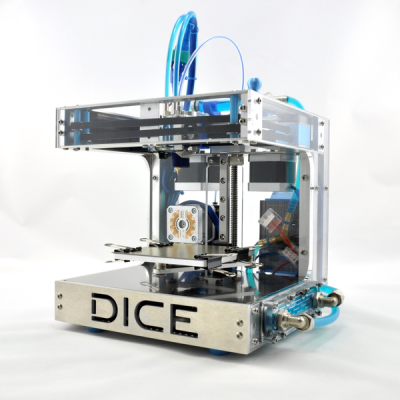If you’re in Munich, Germany this weekend and you’ve got a sweet hack to show off and a thirst for beer and/or good geeky company, then you’re in luck! Come join Hackaday at the muCCC for a Hackaday Prize Bring a Hack.
The location is Schleißheimer Str. 41, a short walk west along Heßstraße from the Theresienstraße U-Bahn. No reservation is needed, but it’d be swell if you’d let us know in the comments that you’re coming (or better yet, click the “join this event” button in the upper right of the event page) so that we have enough pizza on hand.
The party starts at 20:00, not entirely coincidentally as soon as exhibitor setup at Make Munich closes. So if you’re setting up a booth, come on over to the other side of town where you can show off a small project to a select audience of fellow hackers. If you’re only going to be attending Make Munich, this is a great warm up.
Hackaday’s [Elliot Williams] will be there and taking photos if you’ve got something portable that you’d like to show the world! Otherwise, relax and hang out with kindred spirits. Need a time and place to get a team together for the Hackaday Prize? Here, with beer! (Or Spezi, but nothing rhymes with Spezi.)
Many thanks again to our hosts at Munich’s CCC.













 [René] had built a few 3D printers before, so he had a good feel for the parameters and design tradeoffs before he embarked on the DICE project. Making a small print volume, for instance, means that the frame can be smaller and thus exponentially more rigid. This means that it’s capable of very fast movements — 833 mm/s is no joke! It also looks to make very precise little prints. What could make it even more awesome? Water-cooled stepper motors, magnetic interchangeable printheads, and in-built lighting.
[René] had built a few 3D printers before, so he had a good feel for the parameters and design tradeoffs before he embarked on the DICE project. Making a small print volume, for instance, means that the frame can be smaller and thus exponentially more rigid. This means that it’s capable of very fast movements — 833 mm/s is no joke! It also looks to make very precise little prints. What could make it even more awesome? Water-cooled stepper motors, magnetic interchangeable printheads, and in-built lighting.










